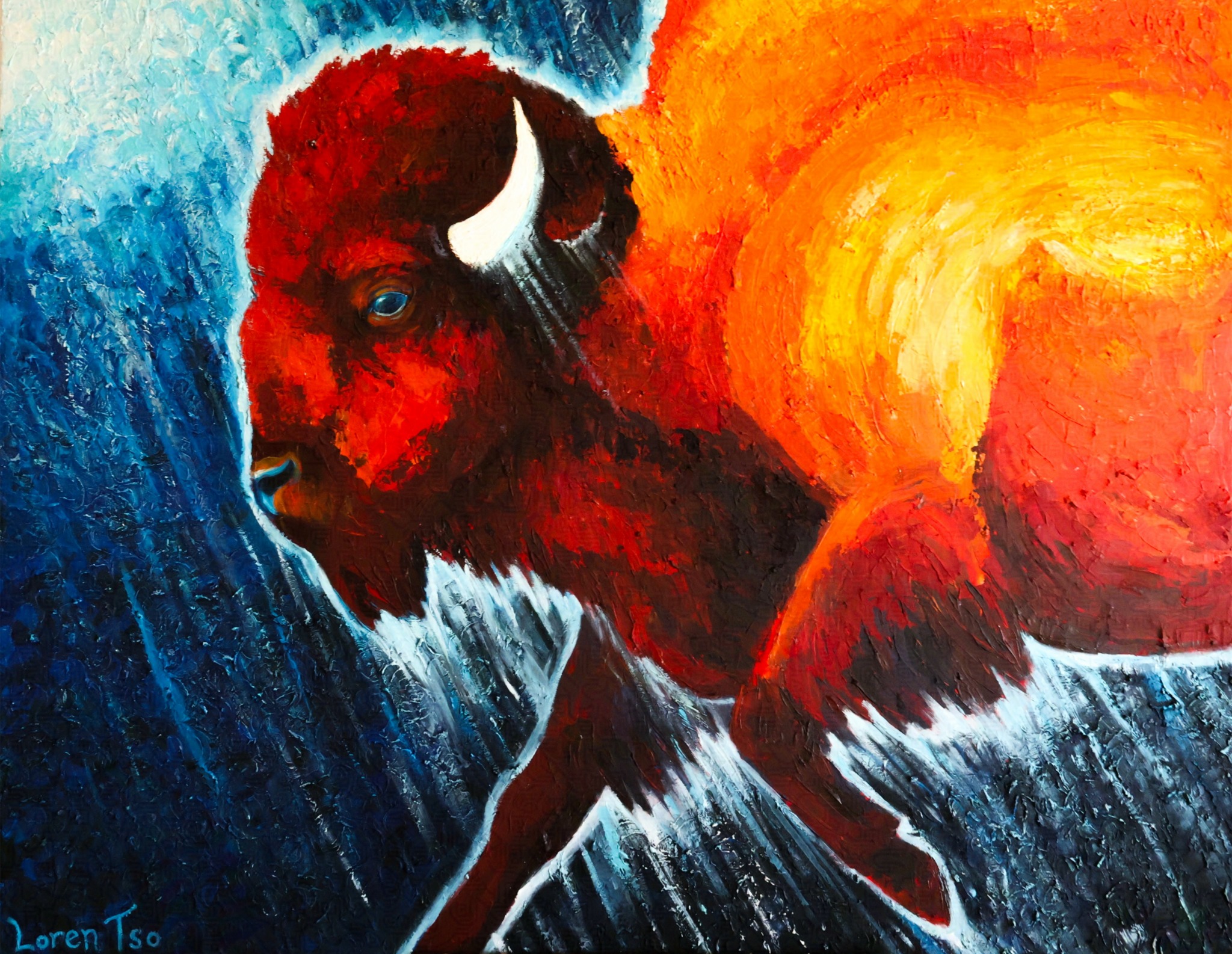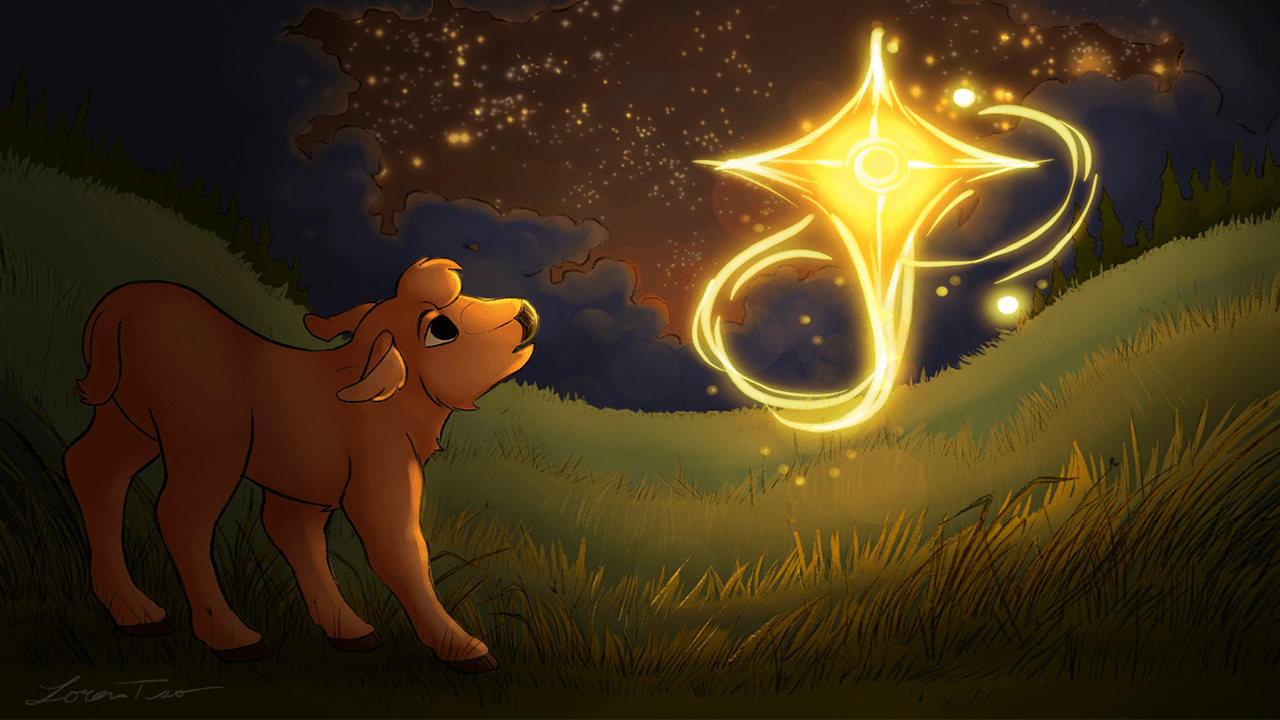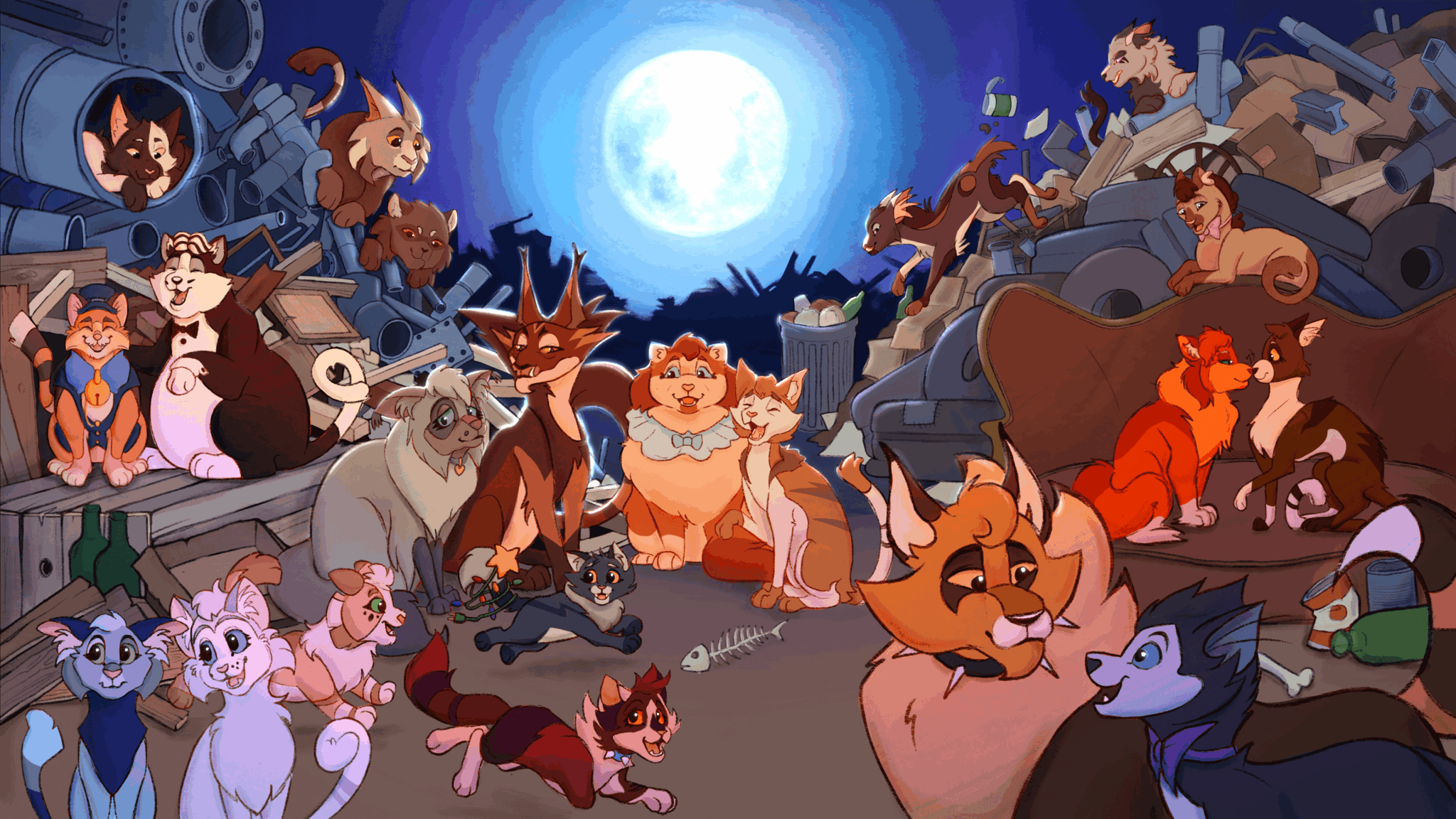We recently connected with Loren Hope Tso and have shared our conversation below.
Loren, appreciate you joining us today. When did you first know you wanted to pursue a creative/artistic path professionally?
Laughter sprang from the living room. My mother peered around the corner to see me rolling on the floor nonstop at Sylvester the Cat, belting out Figaro as my four-year-old fingers scrambled to find the rewind button. I was four years old, but I remember I desperately wanted to be Sylvester singing Mozart’s aria outside Elmer Fudd’s window, wanting to make myself be seen. To be heard.
I recall laughter, but not just any kind of laughter, side-splitting roars. To many, a child’s laughter at a ridiculous cartoon show would not seem so momentous, but to my mother, it was. This was the first time she had ever heard me react to anything, and it was the sound of unbridled joy.
Because I had been pretty much non-verbal until that moment, I was initially diagnosed as autistic. Many doctors told my mother that I didn’t understand my surroundings, and I didn’t measure up to children my age. However, I was not unaware of the world; I did not have anything to say, or perhaps, I did not have the tools to say it. But here Sylvester the Cat came with a whole toolbox for me. Like that crazy cat in that cartoon, I could be heard through music, motion, and art, or better yet, all three. I realized that I was not limited to words.
Words did not work for me. Drawings and music do not have grammatical rules, complex pronunciations, or puzzling spellings like the strict boundaries words have. Art and music have meaning and significance that extend past verbal expressions. Sometimes art does not have to be explained; it simply speaks to the soul. I wanted to not only express my inner self, but also extend my hand to others who are like me. I knew art was my life’s purpose, and that’s what confirmed my professional pursuits.

Awesome – so before we get into the rest of our questions, can you briefly introduce yourself to our readers.
I started selling my artwork at a pretty young age. The door was always open for me through my incredible family. My aunt would sell her shawls at the local Native American markets, and that inspired me to start selling my work alongside her. By the 7th grade, I began selling stuffed animals with Southwestern designs that I had sewn myself. I like to claim that I made the ‘first’ Native American unicorn. Although I don’t have an exact number of stuffed animals I made, I estimate it was around 200. From that experience, I learned how to make long-lasting, high-quality products and take pride in the work I did from a young age.
After I got into high school and took on other responsibilities, my artistic focus shifted toward illustration and painting. When COVID hit, it gave me time to reassess where I wanted to take my art next and how I could use my art to communicate with others. I was on many art online spaces, and I discovered it took many years of experimentation to find a style that suited and fulfilled my creative inclinations. By the time I graduated high school, I had already sold a couple of my paintings, posted a lot of my work onto my social media, and started my own animated short film project that I am still working on to this day. In my free time at college, I will help with the creative direction of student short films and animate for my portfolio and my movie. I am always working on some piece related to art; it is my life force.

What do you find most rewarding about being a creative?
The most rewarding aspect of being a creative is simply the act of being seen, and it goes a step further if the work that I create is understood. As time passes, especially during my university years, I have become bolder with my projects. I like to make art that speaks about my experiences, but also pieces that transcend my time on Earth and give a voice to my ancestors. Lately, I have been delving into my historic trauma, but pairing it with my family’s historic resilience. I am creating art that spans seven generations, past and future.

Is there something you think non-creatives will struggle to understand about your journey as a creative?
Many non-creatives will struggle to understand my journey as a creative because I am not looking to the final product; I am always looking for growth. After I finish a piece or project, I usually don’t dwell on its completion; I am always more excited to share the process of how I achieved the final vision. I love that I can find joy in experimentation through the act of creation.
Contact Info:
- Instagram: loren.hope.tso and disastrousscribbles
- Linkedin: https://www.linkedin.com/in/loren-tso-winder-8617bb2aa/
- Youtube: disastrousscribbles


